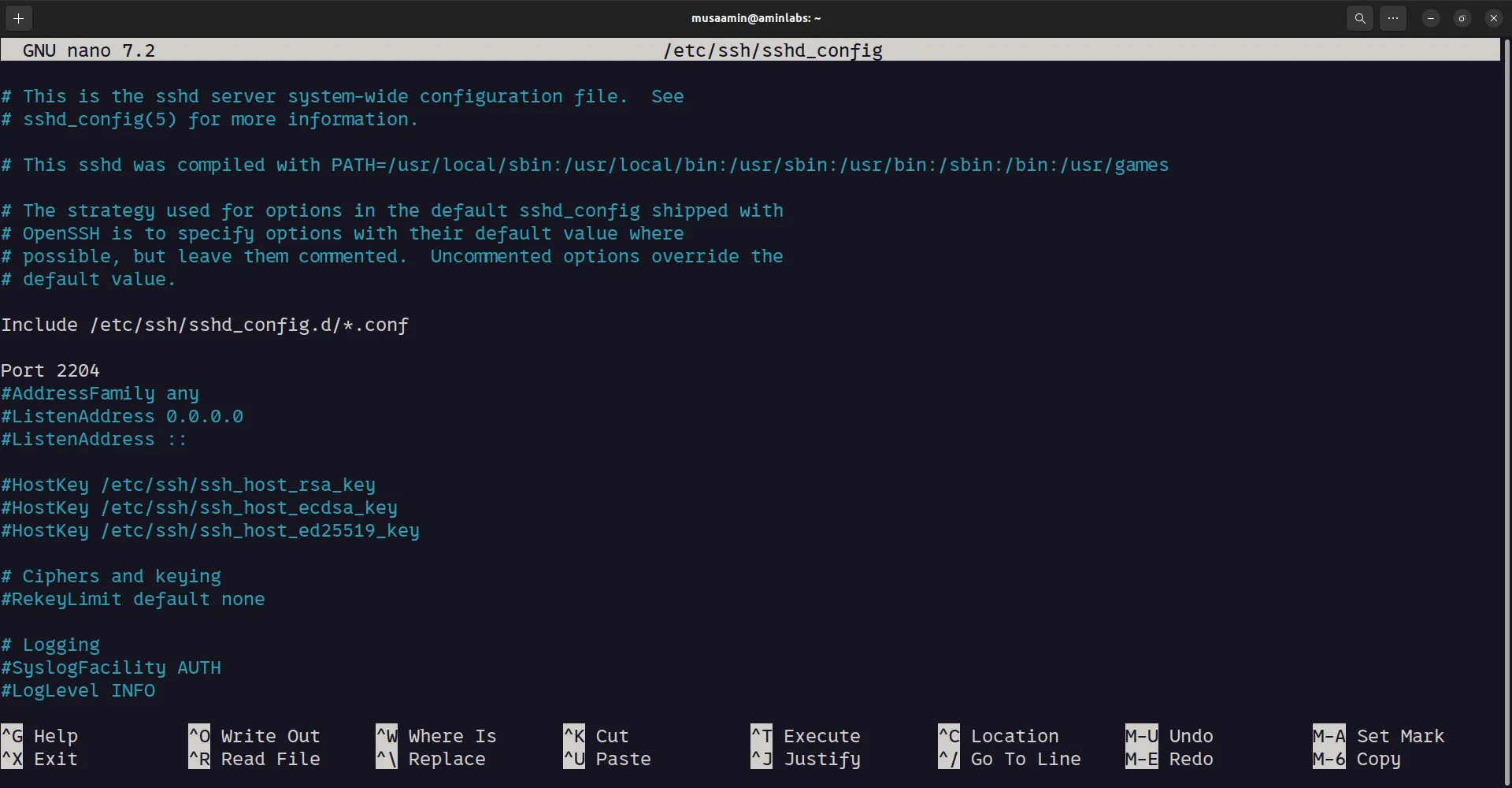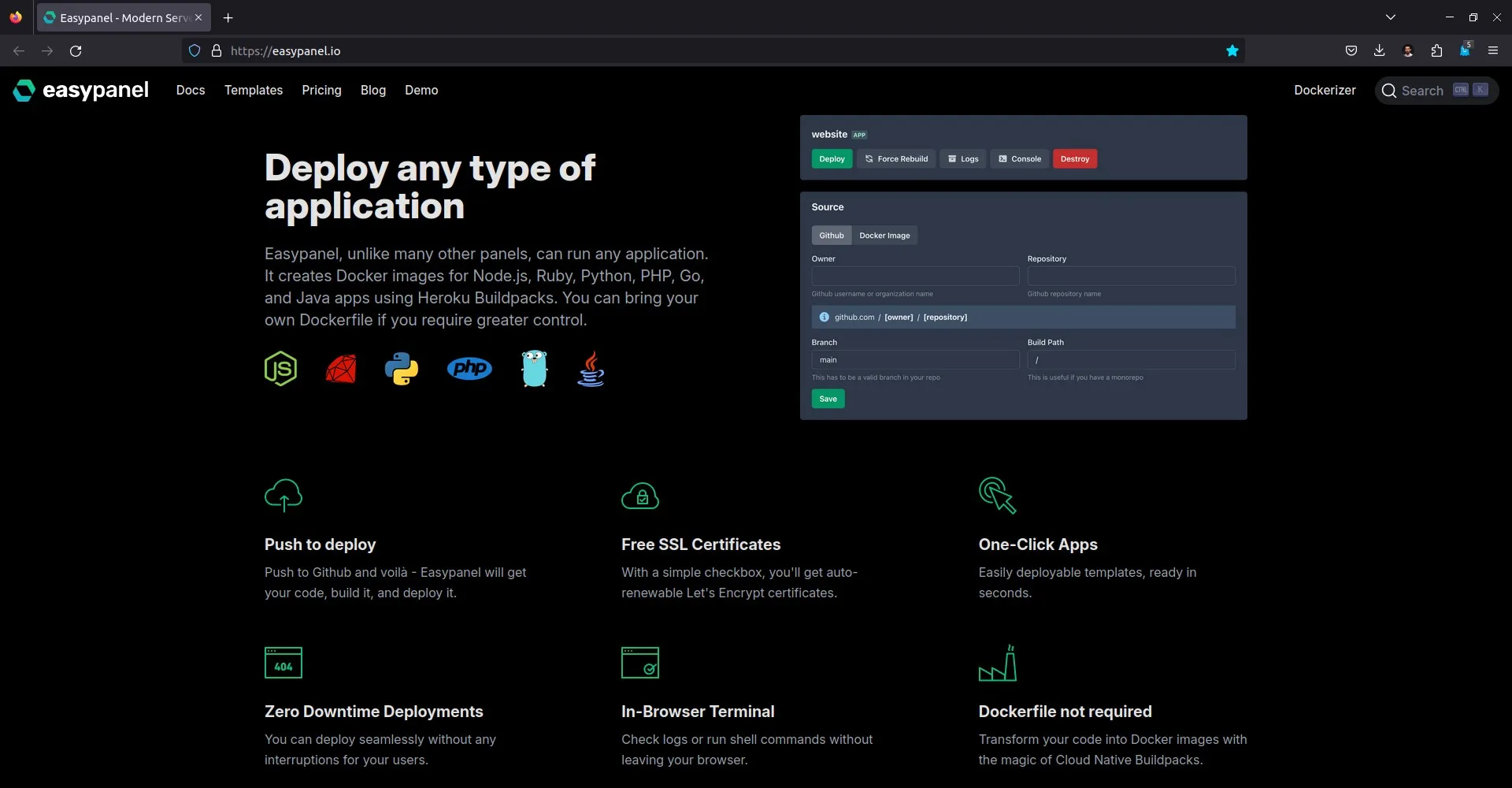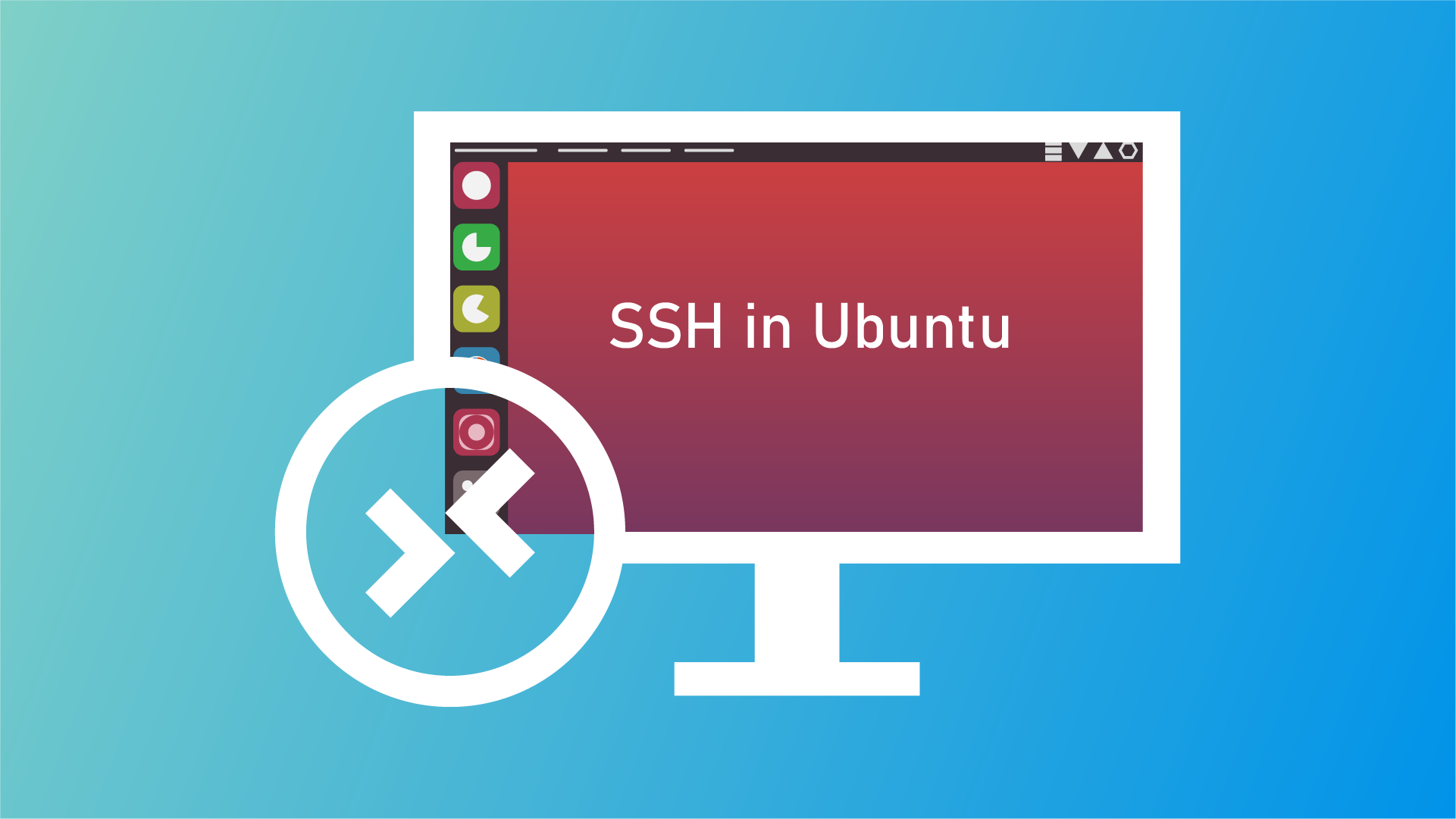Table of Contents
- Why Connect to Your Remote IoT Devices?
- Getting Started with Web SSH on Ubuntu
- Where to Download Ubuntu for Remote IoT?
- Setting Up Your Ubuntu System for Remote Access
- What Makes Web SSH a Good Choice for IoT?
- Common Steps for Remote IoT Web SSH
- Any Troubles When You Download Ubuntu?
- The Future of Remote IoT Management
For anyone working with small internet-connected devices, getting to them from a distance can be a very important part of the job. You might have devices spread out in many places, and it would be a real challenge to visit each one in person just to make a small change or check on things. This is where the idea of reaching your devices over the internet, perhaps through a browser, becomes quite helpful. It offers a way to keep an eye on things and make adjustments without having to travel.
Consider, for a moment, the common computer operating system known as Ubuntu. It's a system many people use, and it happens to be a really good fit for these smaller devices that make up the internet of things. When you combine the ability to reach these devices from far away with a familiar and strong operating system like Ubuntu, you start to see how much easier managing your setup can become. This approach lets you work with your devices as if they were right in front of you, even when they are many miles away, which is pretty useful.
The way we connect to these distant machines often involves something called SSH, which is a method for securely talking to a computer over a network. When you add a web interface to this, it means you can use your regular internet browser to do all of your work. This makes things simpler because you don't always need special software on your own computer. You just open your browser, type in an address, and there you are, more or less connected to your distant Ubuntu-powered device. So, it's almost like having a direct line to your devices from anywhere you have an internet connection.
Why Connect to Your Remote IoT Devices?
Connecting to your internet-connected devices from afar is something many people find useful, and for some, it is quite necessary. Think about devices that collect information from the environment, like sensors checking the weather in a faraway field, or machines keeping track of water levels in a remote pumping station. You cannot simply walk up to these devices to see what they are doing or to make a small adjustment. They are just too far away. This is where the ability to reach them over the internet becomes a real advantage. You can check their status, gather the information they have collected, or even send them new instructions, all from your desk.
Another reason for this kind of distant connection is to fix things when they go wrong. If a device stops working as it should, you might need to restart it or look at its internal logs to figure out the problem. Without a way to connect from a distance, you would have to send someone out to the location, which can take time and cost money. Being able to connect through a web interface and use SSH to manage your **remote IoT** setup means you can often resolve issues much more quickly. It saves a lot of effort and helps keep your systems running smoothly.
Also, keeping your devices updated is very important for their safety and for them to work well. Software updates often bring new features or fix problems that could make your devices vulnerable. If you have many devices, updating each one by hand would be a huge task. A distant connection method lets you send out updates to many devices at once, or at least manage the update process from one central spot. This makes sure your devices are always using the most current programs, which is, you know, pretty good for everyone involved.
- Brendan Buck Wikipedia
- Is Iona Stephens Married
- Phoebe Cates Now
- Nyannie Armored Core 6
- Simon Cowell Son Disability
Getting Started with Web SSH on Ubuntu
Starting to use web SSH with your Ubuntu systems involves a few steps, but it is not overly complicated. The main idea is to have a way to open a secure connection to your Ubuntu machine through your internet browser. This usually means setting up a small piece of software on your Ubuntu device that acts as a bridge between your browser and the SSH service running on the Ubuntu system itself. This bridge makes it possible for you to type commands into a web page and have them run on your distant machine.
The first thing you need is, of course, an Ubuntu operating system running on your device. This could be a small computer board, a server, or even a virtual machine. Once Ubuntu is up and running, you will need to make sure that the SSH server program is installed and active on it. Most Ubuntu installations come with this program ready to go, but sometimes you might need to add it yourself. This program is what allows you to make that secure connection from another computer, or in this case, through a web interface.
After the SSH server is ready, you then pick a web-based SSH client. There are several options out there, some you can install on your Ubuntu machine, and some are services you can use online. The one you choose might depend on your specific needs, like how much control you want over the setup or if you prefer a service that is already managed for you. The goal is to find a tool that lets you type commands into a box in your browser and see the results come back, just like you would if you were sitting right in front of your **Ubuntu** machine.
Where to Download Ubuntu for Remote IoT?
If you are just beginning with Ubuntu for your internet-connected devices, the first thing you will likely need to do is get a copy of the operating system itself. The best place to find official versions of Ubuntu is directly from the source. The Ubuntu project has a main website where they provide different versions of their system for various kinds of machines. You can usually find versions made for desktop computers, servers, and even smaller devices, sometimes called "core" or "server" editions, which are often better for internet-connected things because they use fewer resources.
When you go to their website, you will find a section dedicated to getting the system files. These files usually come in a format that you can use to create a bootable USB drive or to install on a small computer board. It is important to choose the right version for your specific device. For example, a version made for a regular computer might be too big or too much for a tiny device that only has a small amount of memory or processing power. So, you know, picking the right one is pretty important.
The process to **download Ubuntu** is usually quite simple. You click a button, and the file starts to come down to your computer. Once you have the file, you will then need to put it onto a storage device, like a memory card or a USB stick, in a way that your small device can read and start from. There are many simple guides available online that walk you through this part, often with pictures, which can be very helpful for someone just starting out. It's a pretty straightforward process, generally speaking.
Setting Up Your Ubuntu System for Remote Access
Once you have Ubuntu installed on your device, getting it ready for distant access is the next big step. This mainly involves making sure the SSH service is running and that your device can be reached over the network. The SSH service is a standard part of Ubuntu that lets you securely connect to the command line of your machine from another computer. It is like having a direct text conversation with your device, even if it is far away.
To get the SSH service going, you usually open a terminal window on your Ubuntu device and type a few commands. These commands will tell the system to install the SSH server program if it is not already there, and then to start it up. You will also want to make sure that the SSH service starts automatically every time your device turns on, so you do not have to manually start it after a power outage or a restart. This is, you know, a pretty common thing to set up.
Another thing to think about is how your device gets an address on the network. For distant access to work well, your device needs a stable way to be found. This might mean giving it a fixed address on your local network or setting up something called dynamic DNS if your device's address changes often. Making sure your network allows incoming SSH connections is also a piece of the puzzle. Sometimes, network security settings might block these connections, so you might need to adjust them slightly to allow your web SSH client to reach your Ubuntu device.
What Makes Web SSH a Good Choice for IoT?
Web SSH offers several nice things when you are dealing with internet-connected devices, especially when compared to other ways of connecting. One of the main benefits is that you do not need to install any special software on the computer you are using to connect. All you really need is a standard internet browser. This means you can manage your devices from almost any computer, whether it is your own laptop, a friend's computer, or even a public machine, as long as it has an internet connection and a browser. This flexibility is, you know, pretty handy.
Another good thing about using a web interface for SSH is how simple it can make things. Instead of remembering complicated commands to set up a connection or dealing with different SSH client programs, you just go to a web page. The web page usually has a clear layout, with a place to type your commands and see the output. This can be less intimidating for people who are newer to working with distant machines. It just makes the whole process a bit more approachable, really.
Security is also a big part of why web SSH can be a good choice. When set up correctly, the connection between your browser and your distant device is encrypted. This means that any information you send, like your password or the commands you type, is scrambled so that others cannot easily read it. This is very important when you are dealing with devices that might be in exposed locations or handling important information. It helps keep your operations private and safe, which is, you know, very important for **IoT** things.
Common Steps for Remote IoT Web SSH
When you want to connect to your distant internet-connected devices using a web-based SSH tool, there are some common actions you will generally take. The first step, after you have your Ubuntu device ready with SSH enabled, is to set up the web SSH server or service. This might involve installing a particular program on your Ubuntu machine that serves up the web interface, or it could mean signing up for an online service that provides web SSH access. The choice depends on how you prefer to manage things.
Once the web SSH server is running, you will then need to open your internet browser and go to the address where your web SSH interface is located. This could be an IP address followed by a port number, or a website address if you are using an online service. When you get to the page, you will usually be asked to put in the login details for your Ubuntu device. This includes the username and password that you use to access your Ubuntu system. This step is, you know, pretty standard for any kind of secure connection.
After you successfully log in, you will see a screen that looks a lot like a regular command line terminal. This is where you can type your commands, just as if you were sitting directly in front of your **remote IoT** device. You can check the status of programs, look at files, start or stop services, and generally manage your device from this browser window. This makes it very convenient to keep an eye on your devices and make any needed adjustments without having to be physically present.
Any Troubles When You Download Ubuntu?
Sometimes, when you are trying to get a copy of Ubuntu for your internet-connected devices, you might run into a few small issues. One common thing that can happen is that the download takes a very long time. This could be because your internet connection is not very fast, or it might be that many other people are trying to download the same file at the same time. If this happens, you might try downloading the file at a different time of day when fewer people are online, or look for a different download location if one is offered.
Another thing that can cause a bit of trouble is if the file you download gets corrupted. This means that some of the information in the file gets mixed up during the download process, and the file is no longer complete or correct. If this happens, your device might not be able to install Ubuntu properly. To check for this, many download sites provide a special code, sometimes called a checksum. You can use a simple tool on your computer to check if your downloaded file matches this code. If it does not, you will need to **download Ubuntu** again.
Also, sometimes people accidentally download the wrong version of Ubuntu for their specific device. As mentioned before, there are different versions for different kinds of computers. If you try to put a desktop version on a tiny internet-connected board, it might not fit or work well. It is always a good idea to double-check that you are getting the version meant for your particular hardware. If things do not seem to be working, this is one of the first things to check, as a matter of fact.
The Future of Remote IoT Management
The way we manage internet-connected devices from a distance is always changing and getting better. Tools like web SSH are just one piece of a bigger picture that aims to make it simpler and safer to control devices that are far away. As more and more everyday items get connected to the internet, the need for easy and reliable ways to interact with them will only grow. This means we will likely see even more user-friendly interfaces and more powerful ways to automate tasks on these distant machines.
Think about how many devices are already out there collecting information or performing tasks without direct human interaction. From smart homes to large industrial systems, these devices need to be monitored and occasionally adjusted. Being able to do this through a simple web browser, without needing to install complex software, makes it possible for more people to work with these systems. It takes away some of the technical barriers that might have stopped people in the past, which is, you know, pretty cool.
Looking ahead, we can expect to see more integration of these distant management tools with other systems. Imagine a world where your internet-connected devices can tell you when something is wrong, and you can immediately connect to them through a web interface to fix it, no matter where you are. This kind of quick response is very important for keeping complex systems running without problems. The goal is to make managing these devices as simple as using your phone, giving you more control and peace of mind.
Related Resources:



Detail Author:
- Name : Mr. Giovanny Torp
- Username : amina84
- Email : kulas.rachelle@hartmann.net
- Birthdate : 1977-05-28
- Address : 39443 Heathcote Mall West Ruben, PA 66635
- Phone : +12815806446
- Company : Hoppe, Schuster and Cremin
- Job : Utility Meter Reader
- Bio : Similique est odit exercitationem. Optio quo quod consectetur in cumque occaecati.
Socials
tiktok:
- url : https://tiktok.com/@wittingc
- username : wittingc
- bio : Aliquid cumque voluptas tempore suscipit eum aliquid.
- followers : 4989
- following : 1361
twitter:
- url : https://twitter.com/witting2020
- username : witting2020
- bio : Et quas modi sed odit. Neque id laborum aliquid voluptas fuga iure dicta. Maxime tempora dolor voluptatem.
- followers : 4877
- following : 2756